Triple Shaft Mixer Stirrer Types | JCT Machinery
 Jun 14,2024
Jun 14,2024

 JCT
JCT
Common Stirrer Types of Triple Shaft Mixer
1. Disperser Blade
- Features: The disperser blade has serrated or flat edges and is usually installed on a high-speed shaft for high-speed shearing and dispersion.
- Advantages: High shear force, can effectively disperse solid particles and liquids.
- Applications: Widely used to disperse pigments, fillers, emulsifiers, etc.
2. Anchor Blade
- Features: Anchor blade is shaped like an anchor and is usually installed on a low-speed shaft for mixing high-viscosity materials.
- Advantages: Low-speed stirring can scrape along the container wall to prevent material adhesivon.
- Applications: Suitable for mixing higih-viscosity materials, such as sealants, pastes, etc.
3. Helical Blade
- Features: Helical blade is spiral-shaped and is usually installed on a medium-sppe shaft to generate axial flow.
- Advantages: It can push the material to flow along the axial direction and increase the mixing euniformity.
- Applications: Suitable for mixing medium-viscosity materials, such as resins, polymers, etc.
4. Paddle Blade
-
Features: Paddle blade similar in shape to a flat plate and can operate at medium or low speeds.
- Advantages: It can provide effective mixing and shearing in the medium viscosity range.
- Applications: It is suitable for a wide range of materials, including those with large viscosity variations.
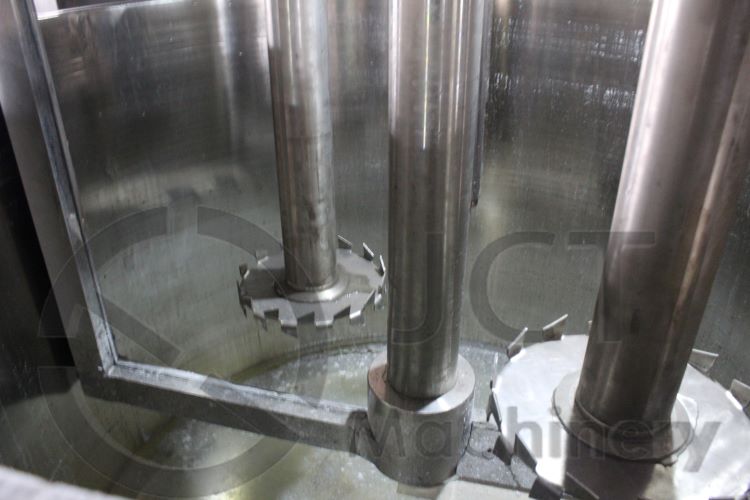
Advantages of Triple Shaft Mixer
1. Efficient Mixing
Efficient mixing and dispersion are achieved through the synergistic effect of high speed, medium speed and low speed stirrer shafts. Able to handle a variety of materials from low viscosity to high viscosity.
2. Uniform Dispersion
High speed dispersion disc can effectively disperse solid particles and liquids to ensure product uniformity. Suitable for the production of high quality dispersions and emulsions.
3. Versatility
Different types of stirring blades can be configured according to different production needs to adapt to a variety of production processes. Able to handle complex mixing and dispersion processes, with a wide range of applications.
4. Wall Scraping Function
The low-speed wall scraping shaft can effectively prevent materials from adhering to the container wall, improving mixing efficiency and product quality. Suitable for mixing high-viscosity materials such as adhesives, sealants, etc.


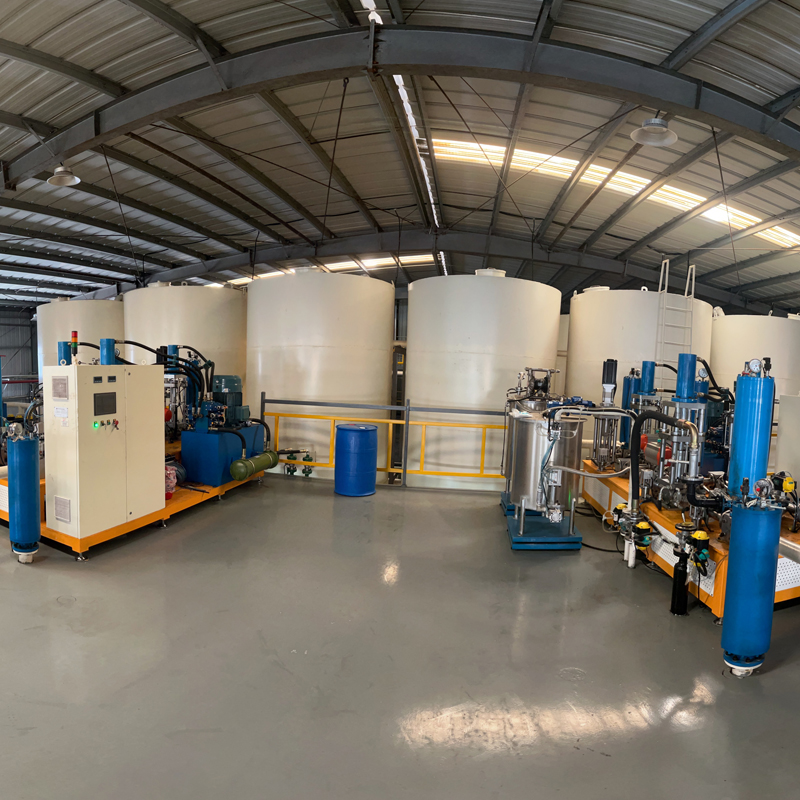
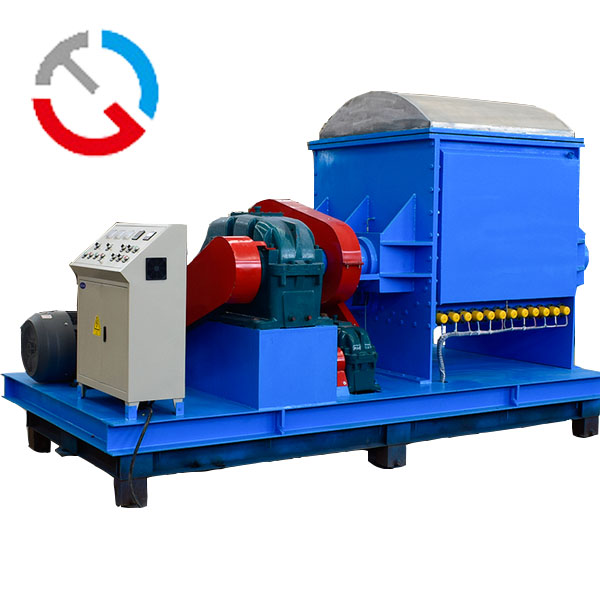
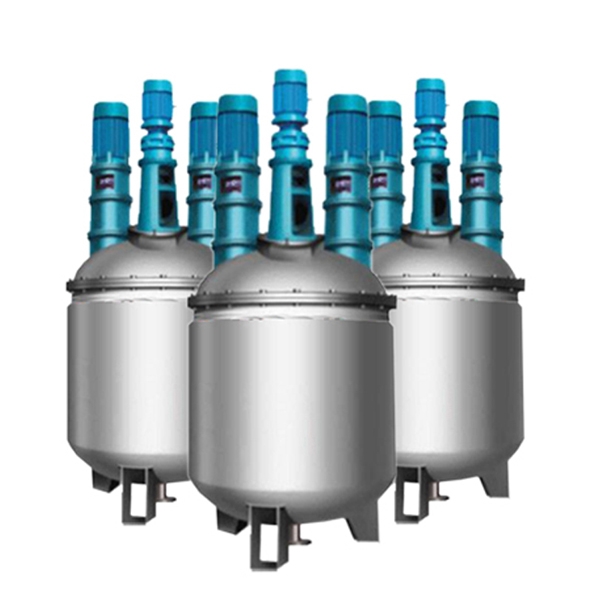
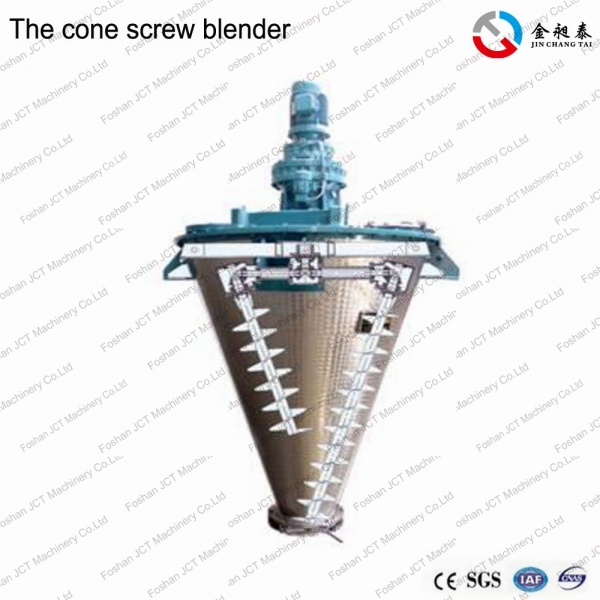


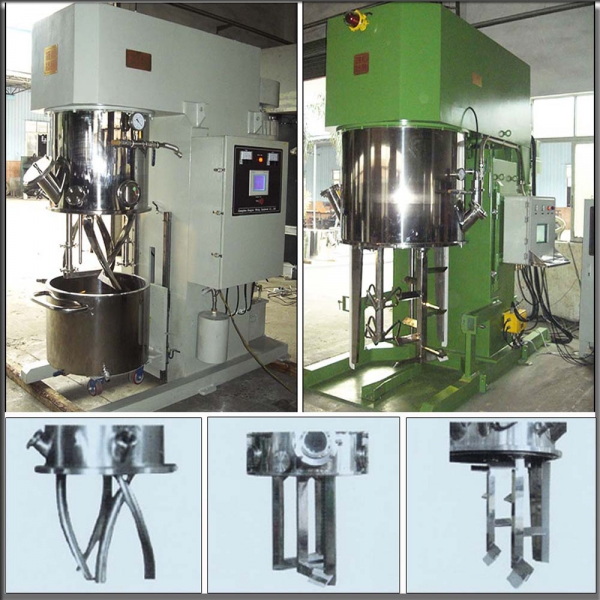







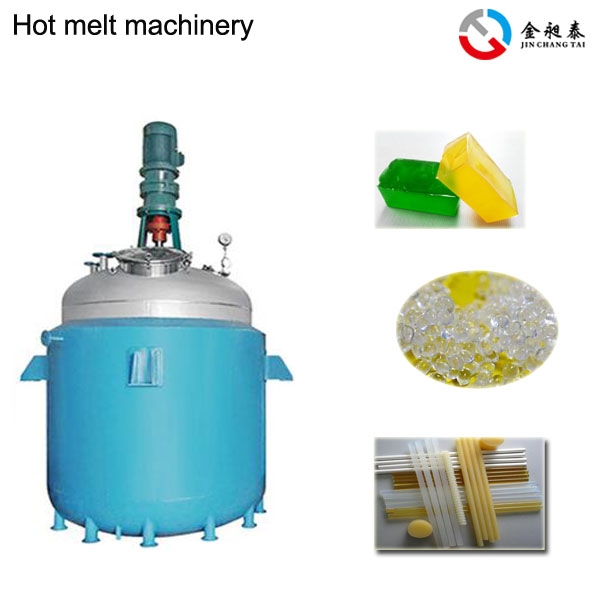
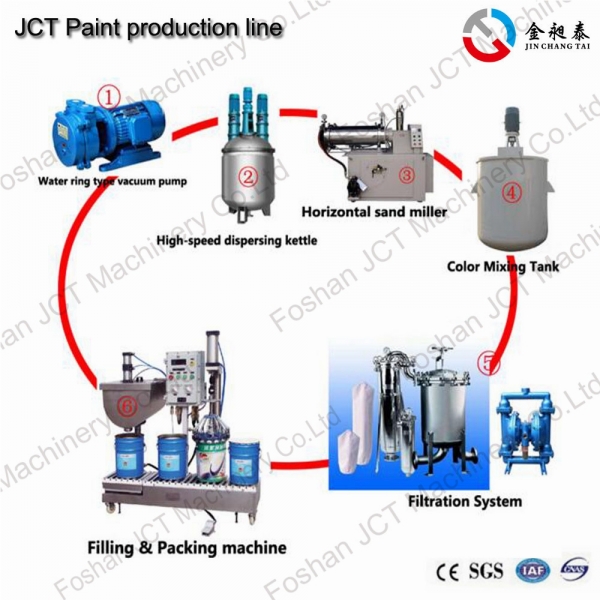
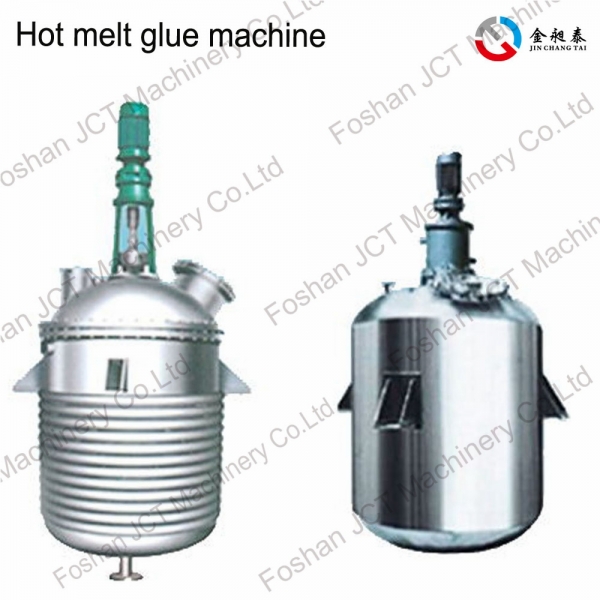
 CN
CN
 HOME
HOME Introduction Of PVAc Glue | JCT Machinery
Introduction Of PVAc Glue | JCT Machinery  You May Also Like
You May Also Like
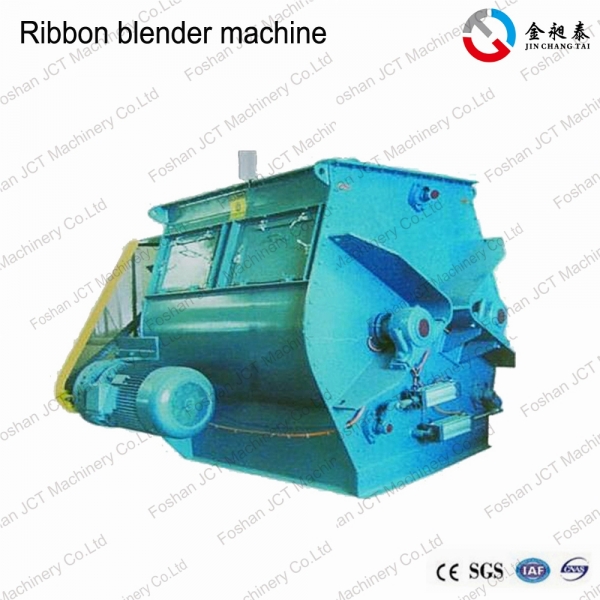

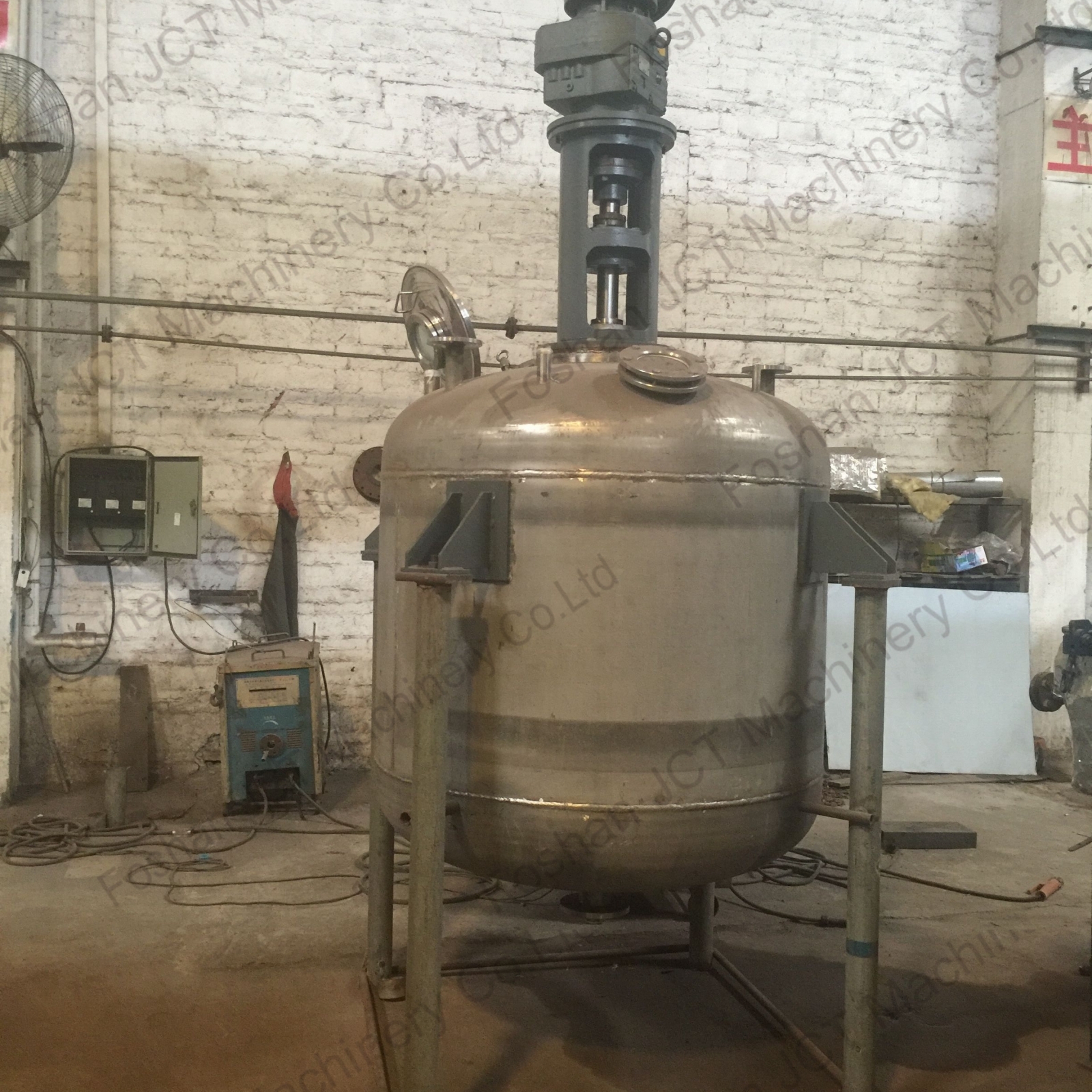
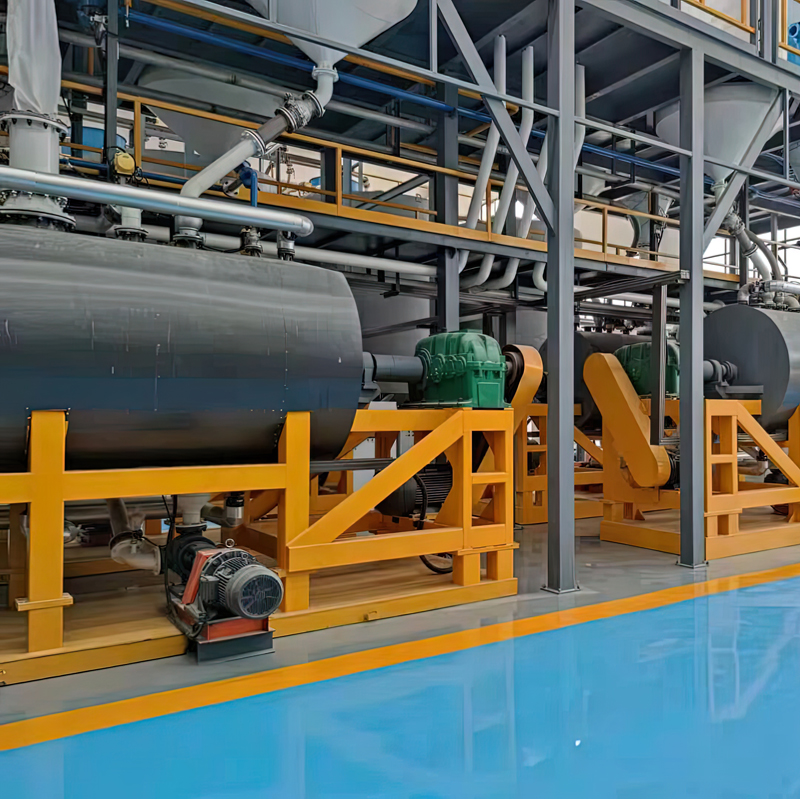

 Tel
Tel
 Email
Email
 Address
Address










